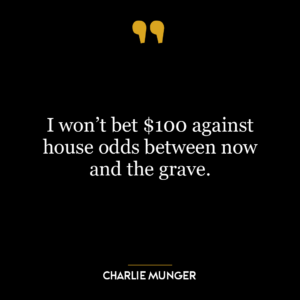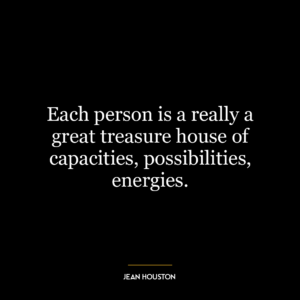We hammer wood for a house, but it is the inner space that makes it liveable,” is a profound statement that delves into the difference between form and function, or substance and essence. It means that while we may focus on the physical aspects of a thing, it is the intangible, the space within, that gives it purpose and makes it useful.
The analogy of a house is used to illustrate this point. The physical structure, made from hammering wood, provides the form of the house. However, it is the inner space, the emptiness within the walls, that makes the house liveable. Without this space, the house would not serve its purpose as a shelter, a place to live, and a home.
This idea can be applied to many aspects of modern life and personal development. For instance, in our careers, we often focus on tangible achievements like promotions, salary, or recognition (the ‘wood’). However, it is the intangible aspects such as job satisfaction, personal growth, and work-life balance (the ‘inner space’) that truly make a career fulfilling.
In personal development, we often chase after quantifiable goals (losing weight, earning more, etc.), but it’s the intangible growth (increased self-esteem, better health, peace of mind, etc.) that truly enriches our lives.
In relationships, we may focus on external attributes (appearance, wealth, status), but it’s the inner qualities (kindness, understanding, compatibility) that make a relationship truly meaningful.
In the realm of technology and design, it’s not just the physical product that matters, but the user experience – the ‘inner space’ – that determines its success.
In essence, this quote is a reminder to not just focus on the external, tangible, physical aspects of things, but to value and nurture the intangible, the inner space, the essence that gives things their true purpose and value. It’s a call to shift our focus from the material to the immaterial, from the visible to the invisible, from the outer form to the inner content.












